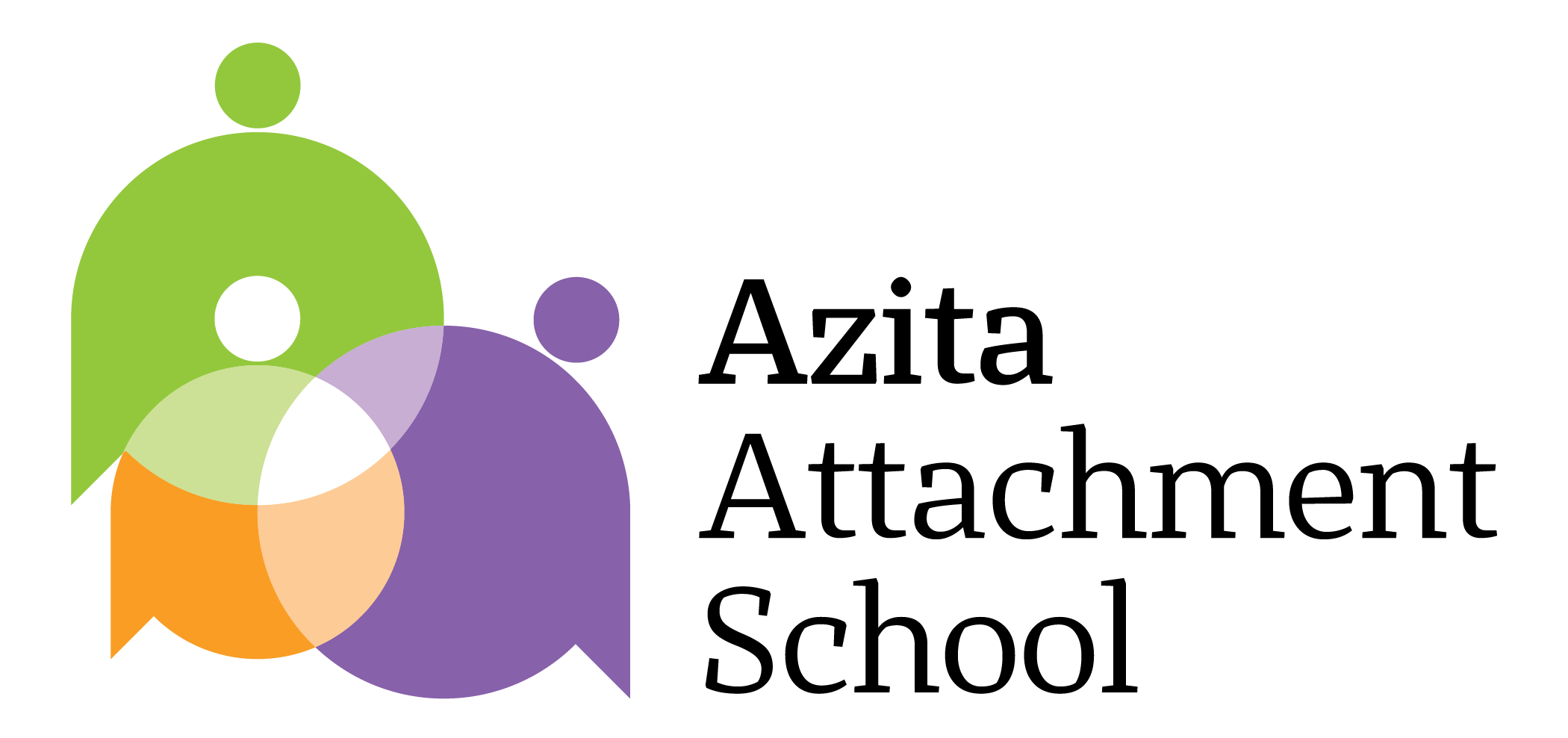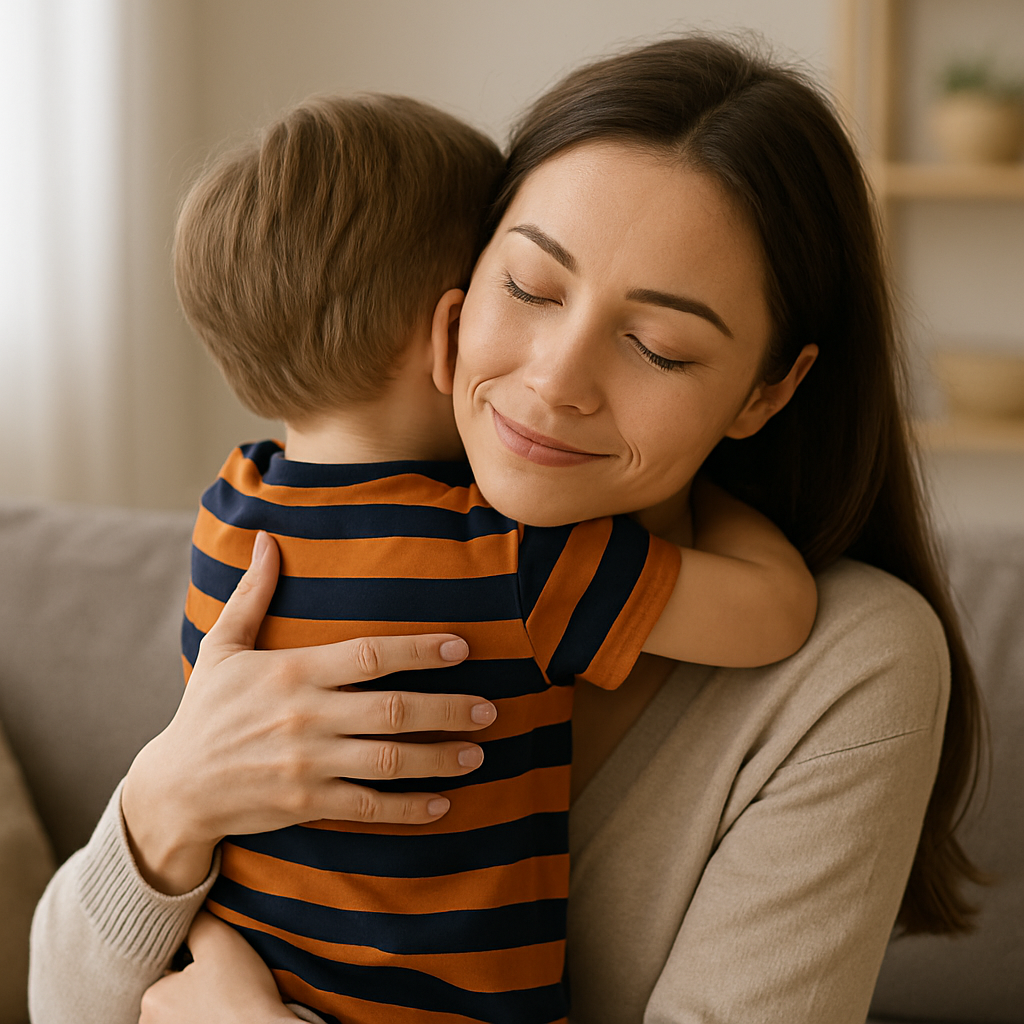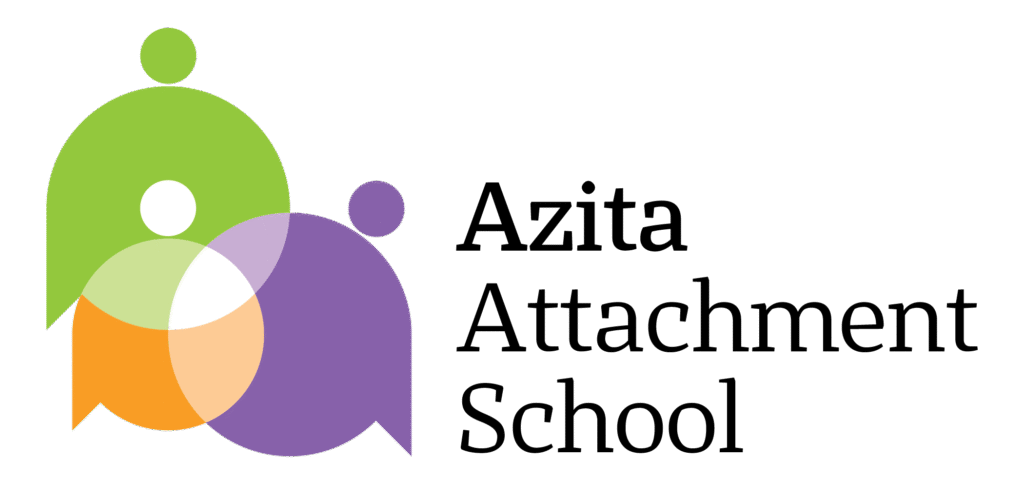This article explores how unresolved trauma in parents can unconsciously affect their child’s attachment style—and how families can break the cycle through awareness and emotional repair.
Introduction
No parent starts from scratch. Every mother and father brings with them a history of emotional experiences, relational models, and invisible wounds. As Catherine Stauffer writes in The Unrepaired Child, it is often the “unhealed child within the parent” who takes over when raising the next generation. This article examines how these unprocessed traumas can disrupt secure attachment in children—and how healing can begin.
Section 1: What Is Unresolved Trauma?
Trauma isn’t always dramatic or violent. It can also come from:
- Emotional neglect in childhood
- Controlling or inconsistent caregiving
- Having one’s emotions denied or dismissed
- Being punished for expressing vulnerability
When these experiences go unprocessed, they become unconscious defense patterns—deep-rooted emotional reflexes that show up in parenting moments.
Section 2: How Is Trauma Transmitted to Children?
The transmission is often subtle and unconscious, happening through:
- A parent’s tone, gaze, or physical distance
- Their reactions to crying, anger, or emotional needs
- Modeling avoidance or anxiety in relationships
- Overreactions to mistakes or perceived defiance
These patterns can foster insecure attachment styles—avoidant, ambivalent, or disorganized—in the child.
Section 3: Signs of the Unhealed Inner Child in Parenting
- Sudden anger or emotional numbness toward the child
- Persistent feelings of inadequacy or guilt as a parent
- Expecting the child to meet the parent’s emotional needs
- Avoiding emotional closeness or genuine presence
Section 4: Breaking the Generational Cycle
- Recognize that parenting isn’t therapy—but it is an opportunity for healing.
Your child reflects the child within you. - Seek support for your own growth:
Attachment-based coaching, emotional education groups, or trauma-informed therapy can help. - Pause and self-reflect before reacting:
Ask: “Is this about my child—or is it something inside me?” - Practice self-compassion:
The more tenderness you show to your own inner wounds, the less likely you are to pass them on.
Conclusion
No generation is perfect—but every generation can choose to grow. When parents confront their unhealed wounds instead of repeating them, they give their children a future based on safety, connection, and conscious love.
Suggested Reading:
“Parenting After Trauma: From Survival to Secure Connection”


